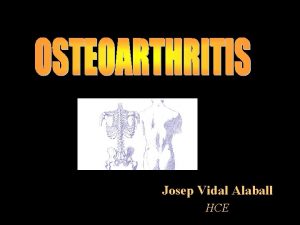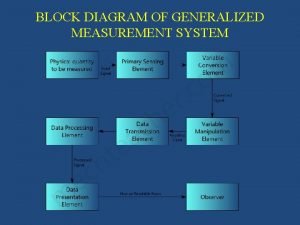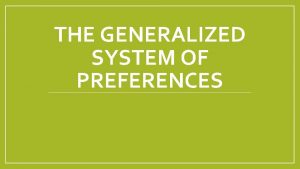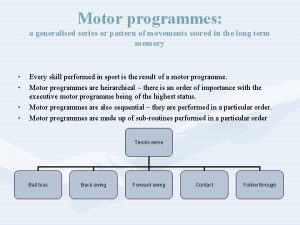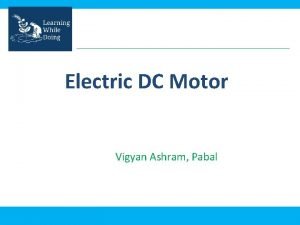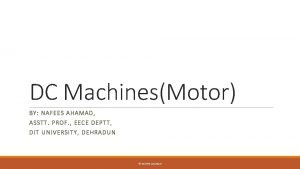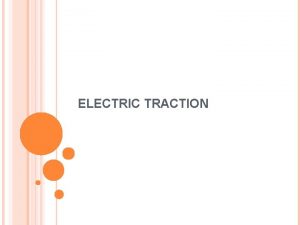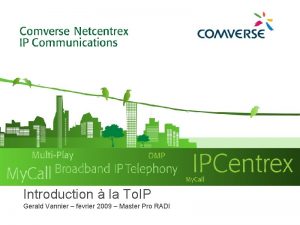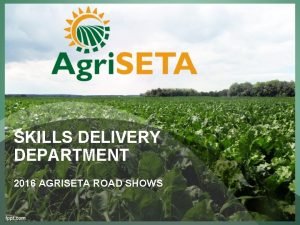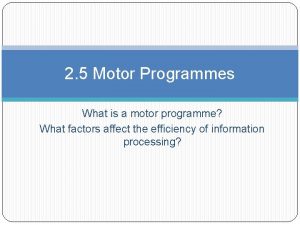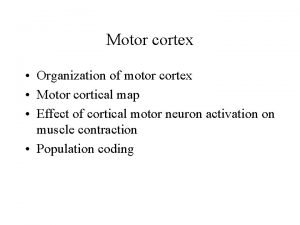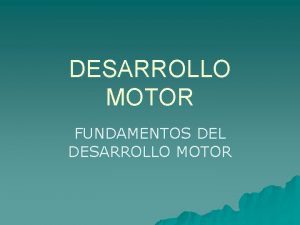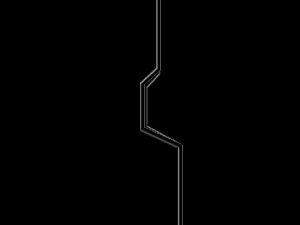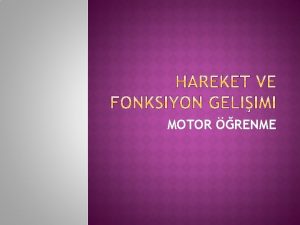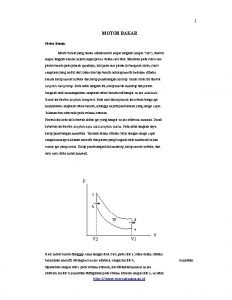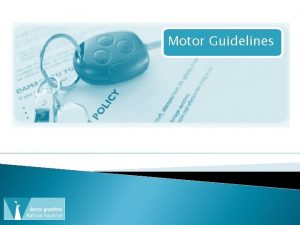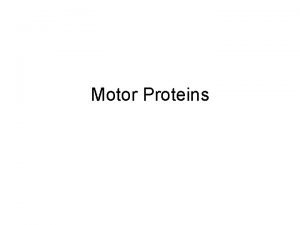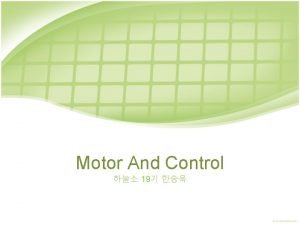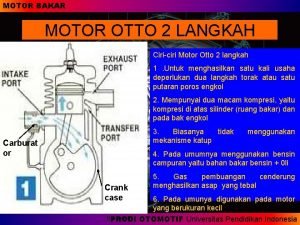Motor programmes a generalised series or pattern of












- Slides: 12

Motor programmes: a generalised series or pattern of movements stored in the long term memory • • Every skill performed in sport is the result of a motor programme. Motor programmes are heirarchical – there is an order of importance with the executive motor programme being of the highest status. Motor programmes are also sequential – they are performed in a particular order. Motor programmes are made up of sub-routines performed in a particular order Tennis serve Ball toss Back swing Forward swing Contact Follow through

TASK: DECIDE ON THE SUB-ROUTINES FOR EACH OF THE FOLLOWING SPORTING ACTIONS – remember not all actions will have the same number of sub-routines

Open loop control-level one: a system of subconscious control that does not use reference or feedback

Open loop control • • • This explains how rapid movements are controlled The rapid action occurs when a plan is triggered from the long term memory The plan of movement is quickly sent to the muscles (effectors) Transfer of information is done through a ‘memory trace’ A memory trace is formed when a skill has been well learned or grooved Skills produced via open loop are performed without conscious thought and are often ballistic eg. A throw or kick • There is no feedback as there is no time to act upon any information about performance • Movement cannot be changed once it has started Eg. Once a golf swing has been initiated the action cannot be modified

Closed loop control : level two • Closed loop involves feedback • Level two operates through a short feedback loop which passes through the muscle spindles • This is termed the ‘perceptual trace’

Closed loop – level two • • The feedback loop is short Internal feedback is gained through kinaesthesis and proprioception during the perofrmance of the skill • This alows fast, sub-conscious corrections to be made • Adjustments are then stored in the long term memory for future reference Eg. A skier will constantly adjust position to retain balance

• Closed loop – level three: The brain controls and modifies movement by passing corrective messages back to the feedback loop is longer because information performance is relayed to the brain muscles • The loop involves conscious thought and attention to external feedback • Often used at the associative stage of learning- reliance on external feedback is needed because the learner has not yet acquired the correct feel of the skill • Performance is jerky and ill-timed • The perceptual trace compares performance as it is taking place with the plan released by the memory trace • If the performance matches the plan the skill is reinforced and allowed to continue • If the performance does not match the plan the skill is adjusted and this change is stored as a new motor programme Eg. Changing direction to avoid an opponent when dribbling in hockey – requires conscious thought

Practical performance often involves both open and closed loop control • • Most sporting activities involve a variety of cordinated movements Performers continually move between open and closed loop control Memory trace is used for selecting and initiating movement – it does not control movement Perceptual trace is used to compare movements with previous experiences, making adjustments when needed • • • Eg. A trampolinist will initiate a series of movements using the memory trace During the sequence the feedback gained through kinaesthesis and proprioception allows them to adjust the movements based on revious experience If they are losing height during the routine this will affect the timing of subsequent movements, they can try to correct this by gaining additional height on the next bounce

Criticisms of the motor programme theory • It assumes that a separate motor programme or plan is needed for each skill or movement – it would not be possible to store an infinite number of programmes. • Even if it were possible to store an infinite number of motor programmes it would be difficult for the memory trace to retrieve the plan in time to execute the skill • In sport responses are often creative and apparently spontaneous, called ‘novel responses’. If the relevant motor programme does not exist in the memory the novel response cannot be explained

Schema theory • States that motor programes are not stored as separate items but as reationships • These relationships are termed ‘generalised movements’ • Schema is a build up of experiences which can be adapted to meet the demands of the new situation Eg. An experienced badminton player will have developed a motor programme for the smash shot, but will not have a programme for performing this from all areas of the court. Howevere, the player will have many different experiences to draw on. These are schemas which are stored in the long term memory which can be transferred to a new situation. Schemas are used to modify the programme of the smash shot so that it can be played from a variety of positions. • Schema theory states that information is gathered from recall schema and recognition schema

Recall schema • Knowledge of initial conditions – whether a performer has previously experienced a similar situaton • Knowledge of response specifications – knowing what to do in this situation • Eg. In rugby an attacker in possession of the ball approaches a defender • Eg. What are the options? Pass, dummy, dodge or kick

Recognition schema • Knowledge of sensory consequences – knowing how the skill should feel, involves kinaesthesis • Knowledge of movement outcome – involves knowing what the outcome of the movement is likely to be • Eg. Attacker needs to know hard to pass the ball in order to reach the target • Eg. A dummy would send the defender in the wrong direction
 Generalised osteoarthritis
Generalised osteoarthritis Explain generalized measurement system with block diagram
Explain generalized measurement system with block diagram Generalised system of preferences wto
Generalised system of preferences wto Motor programmes
Motor programmes Ee 216
Ee 216 A motor unit consists of a motor neuron and
A motor unit consists of a motor neuron and Pony motor starting synchronous motor
Pony motor starting synchronous motor Ac motor vs dc motor
Ac motor vs dc motor Pony motor starting method
Pony motor starting method Torque speed characteristics of dc series motor
Torque speed characteristics of dc series motor Series parallel control of electric traction motor
Series parallel control of electric traction motor Xcap gestion des programmes et dnc
Xcap gestion des programmes et dnc Agriseta funding
Agriseta funding
